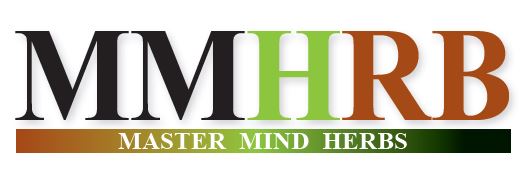 👊 Fight the Flu from the Field of Master Mind Herbs (MMHRB) 🌱
👊 Fight the Flu from the Field of Master Mind Herbs (MMHRB) 🌱
Shared from the research of: Joseph Mercado 👨
Content Contributor: Nature & Culture Inrternational 🌍
To: Tree Lover 🌳
Blog Post #1102 📌
Re: Cinchona Tree Bark 🌿
Date and Time: Monday, December 14, 2020 at 1:33 p.m. ⏰
Dear Tree Lover,
Do you know where your medicine comes from?
A tree that treats malaria:
Do you know where your medicine comes from? Most of the prescription medicines we use today came from plants originally.
Some experts estimate that there are more than 21,000 medicinal plants in the world’s remaining tropical forest ecosystems!
Perhaps the most historically important medicinal plant family of all is the tree genus known to science as cinchona.
This genus has approximately 40 species of evergreen trees and shrubs which are native to western South America.
While you may not be familiar with the cinchona genus, it is likely you’ve heard of quinine, the antimalarial drug extracted from its bark.
The pre-Columbian peoples of Peru, Colombia, Ecuador, and Venezuela had already been using quinine for generations when in the 17th century it was used to treat the Spanish Countess of Chinchon for malaria.
Returning to Spain with the bark, she introduced quinine to Europe in 1638 and, in 1742, botanist Carl Linnaeus called the tree “Cinchona” in her honor.
Quinine remains an important anti-malarial drug almost 400 years after its effectiveness was first documented
In treating malaria, the drug may be both antipyretic (anti-fever) and antimicrobial; meaning quinine might be treating the symptoms of the infection (the fever), while also combating the microorganism itself.
Quinine has also been used to traditionally treat blood and cardiac disorders, digestive problems, and muscle spasms.
Peru is home to 20 of the world’s cinchona species. Unfortunately, due to historic over-exploitation and habitat destruction, all species are endangered.
Cinchona officinalis, the species featured so prominently on the nation’s coat-of-arms, is said to be on the verge of extinction.
Increasingly, medicinal species that reside in natural areas have received scientific attention.
But we still know little about the treasure trove inhabiting our wild places.
The potential for new and diverse medicines will continue to grow!
Content Source: Nature & Culture International
 Read the Article Here
Read the Article Here


 Email Us a Message
Email Us a Message 
 Have a question about this blog post
Have a question about this blog post

 Fly Over to the MMU Facebook Page with Hoot
Fly Over to the MMU Facebook Page with Hoot 
 Visit the MMA Facebook Group Today
Visit the MMA Facebook Group Today 